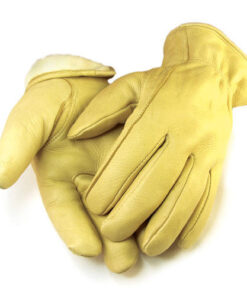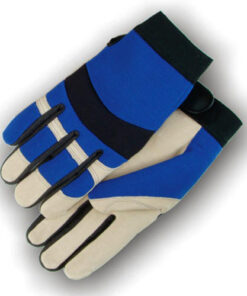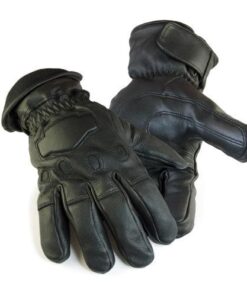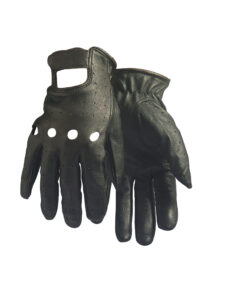Trade Beads
North Star Fur has accumulated a vast collection of tread beads through the years, from Nueva Cadiz, Old seven layered Chevron’s, to beads that Lewis and Clark took with them on their expedition. Please contact Jim Rosenwald if you are serious potential buyer.
TRADE BEAD HISTORY
Trade beads (sometimes called slave beads) were otherwise decorative glass beads used between the 16th and 20th century as a currency to exchange for goods, services and slaves (hence the name). Made to ease the passage of European explorers and then traders mainly across the African continents, the beads were made throughout Europe although the Venetians dominated production. Trade beads are also found in the United States and Canada, and throughout Latin America. The production of slave (trade) beads became so popular that literally tons of these beads were used for this purpose.
Beads were used as ballast in slave/trade ships for the outbound trip. The beads and other trade items were exchanged for human cargo as well as ivory, gold and other goods desired in Europe and around the world. The beads traded were not of a set design, but were produced according to demand. Millefiori (thousand flower) beads from Venice, Italy were one of the most commonly traded beads, and are commonly known as “African trade beads.” They were produced by creating flowers or stripes from glass canes, that were then cut and molded onto a core of solid color. Beads such as the kiffa beads of Mauritania are thought to have resulted from women creating powdered glass beads to mimic the appearance of millefiori beads.
The success of this form of currency can largely be attributed to the high intrinsic value African people put upon decorative items. Africans often used beads for currency, (often referred to as African money) and wealth storage, and social status could be easily determined by the quality, quantity and style of jewellery worn. This created a high demand for trade beads in Africa.
SHOP TRADE BEADS




